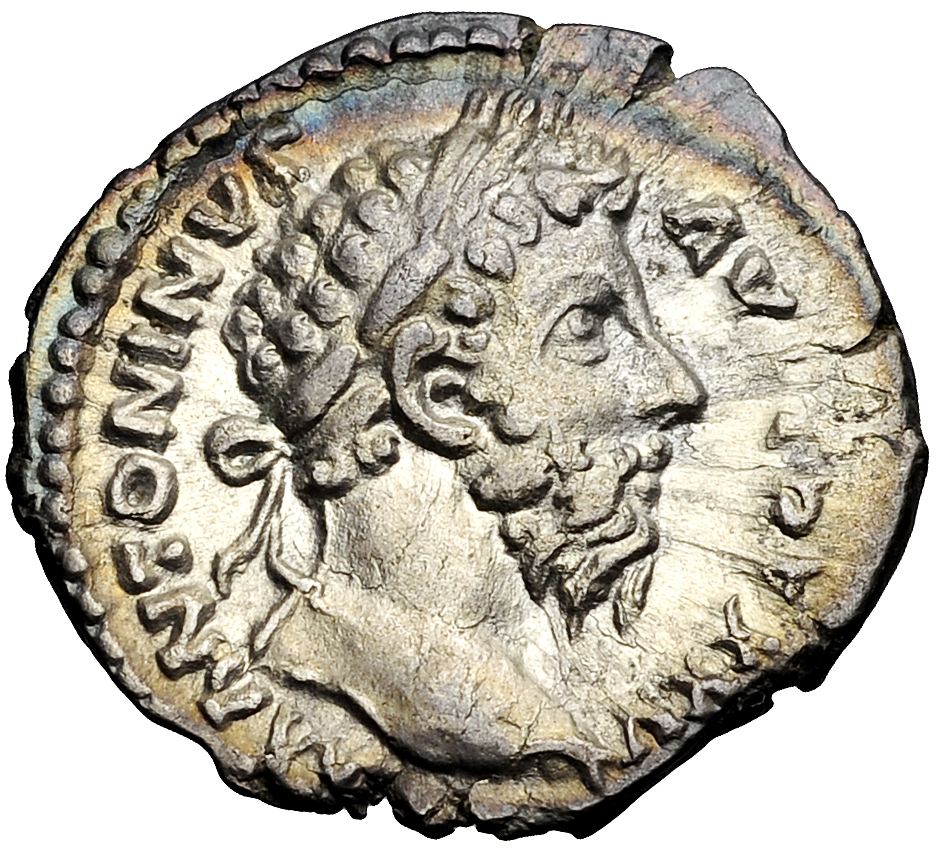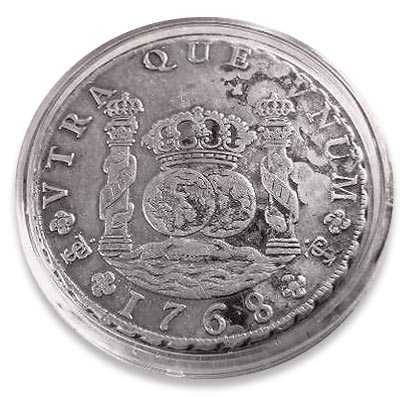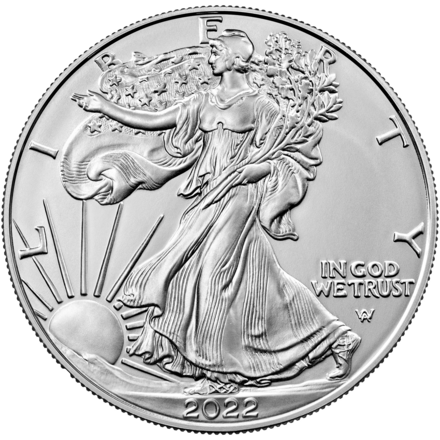A Brief Overview Of The History Of Silver Bullion Coins
Silver coins have played a significant role in the history of currency and commerce for thousands of years. From their origins in ancient civilizations to their modern-day uses, silver coins have been valued for their intrinsic worth, aesthetic appeal, and role as a medium of exchange.
Ancient Origins: The use of silver as a form of currency dates back to ancient times. Civilizations such as the Mesopotamians, Egyptians, Greeks, and Romans minted silver coins for trade and commerce. These early silver coins were typically made from naturally occurring silver deposits and were valued based on their weight and purity.
Greek and Roman Coinage: The Greeks and Romans are renowned for their contributions to coinage. The Greek city-states minted some of the earliest silver coins, such as the drachma, tetradrachm, and didrachm. These coins featured intricate designs and often depicted gods, rulers, or mythological figures. The Roman Empire continued the tradition of silver coinage with coins like the denarius, which became one of the most widely used currencies in the ancient world.
Medieval Silver Coins: During the Middle Ages, silver coins remained a vital part of the global economy. European monarchs minted silver coins to finance wars, trade, and government expenditures. Coins such as the English penny, French livre, and Spanish real were widely circulated throughout Europe and beyond.
Colonial and Early American Coinage: Silver played a crucial role in the colonization of the Americas. Spanish conquistadors plundered vast quantities of silver from mines in South America, leading to the minting of silver coins such as the Spanish real. In the British colonies of North America, silver coins like the Spanish dollar and the British shilling were commonly used for trade.
Modern Silver Coins: With the advent of the modern banking system and fiat currency, the use of silver coins as circulating currency declined. However, silver coins retained their value as investments and store of wealth. Many countries continue to mint silver coins for investment purposes, such as the American Silver Eagle, Canadian Silver Maple Leaf, and Chinese Silver Panda.
Numismatic Value: Beyond their intrinsic silver content, many silver coins have significant numismatic value. Rare or historic silver coins are sought after by collectors and can command high prices at auctions and numismatic markets. Coins with unique designs, minting errors, or historical significance are particularly prized by collectors.
Investment and Bullion: In addition to their numismatic value, silver coins are popular among investors (aka Silver Stackers) seeking to diversify their portfolios and hedge against inflation. Silver coins are available in various sizes and denominations, making them accessible to investors of all budgets. The silver bullion market is highly liquid, with coins traded globally through dealers, exchanges, and online platforms.



